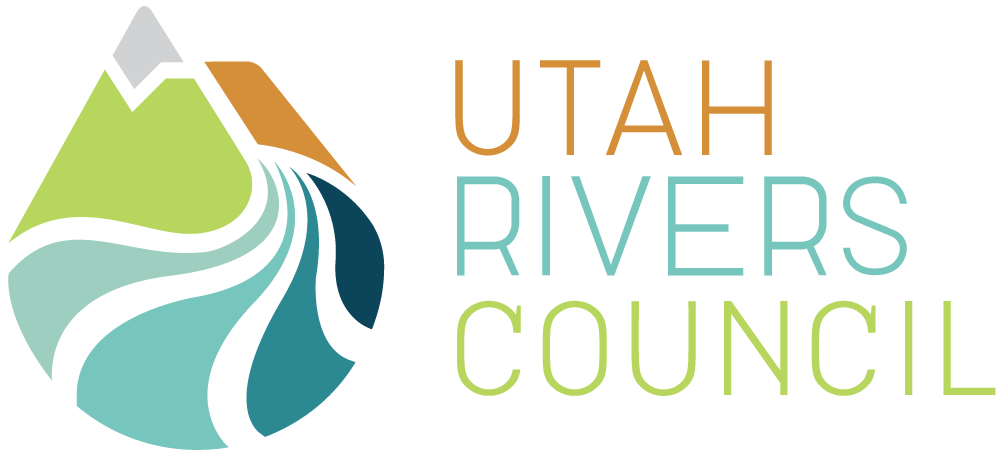Toxic Algae Blooms Are The Result of Climate Change & Utah's Water Waste
Utahns were horrified to see toxic algae blooms in Utah Lake that have closed recreational use and sickened hundreds of people. Another tragic algae infestation in Utah’s lakes and reservoirs is resulting in deaths of countless fish and wildlife, and has made Scofield Reservoir too toxic for residents to visit ahead of the holiday weekend. The state is grappling with an “unprecedented cyanobacteria crisis” that is the result of climate change and low water levels, yet few realize these algae blooms are also the result of extensive river diversions that lower lake levels and that much of the water diverted out of places like Utah Lake is needlessly wasted.
This water waste has contributed to Utah Lake's toxic algae blooms. The level of Utah Lake would be much higher today if we simply didn’t let this unused agricultural water run down our streets and gutters. This issue will only get worse as a function of reduced streamflows resulting from climate change. So why can't we talk about this in Utah? Why do our officials insist this growing problem is just the result of "heat waves?"
This problem is a climate change related outcome of higher air temperatures. The Utah Rivers Council produced a climate change report in 2012 which predicted worsening air and water quality problems and recommended that local governments begin preparing climate change adaptation reports. Adaptation reports are being prepared across the U.S. by municipalities seeking to mitigate the problems caused by increasing air temperatures upon their watersheds, water supply and water quality. Yet after 4 years, we are not aware of a single Utah municipality preparing an adaptation report.
Utah is already the second most arid state in the nation, and as temperatures continue to increase we can expect less snow at the end of each winter. That makes it hard to imagine why Utah water suppliers are years behind the rest of the West in determining the impacts of a decreasing snowpack. These agencies need to estimate how much less water they will receive in coming years as a function of these losses, and make up time to develop a better plan for mitigating the damage caused by climate change.
This latest crisis is just another reason to reject new proposed river diversions and encourage conservation of this precious resource over the massive proposed water projects that our changing climate may render useless. Utahns have the highest per-person water usage in the country, which means we have a unique opportunity to use our existing lakes and reservoirs more wisely. Our focus should be on keeping enough water in our rivers, lakes and reservoirs to ensure the health of wildlife and the public, not building new projects that will only ensure similar toxic algal blooms will occur in the future.
Learn More about how Utah can start adapting for a warmer future by downloading our climate change report "Crossroads Utah."


